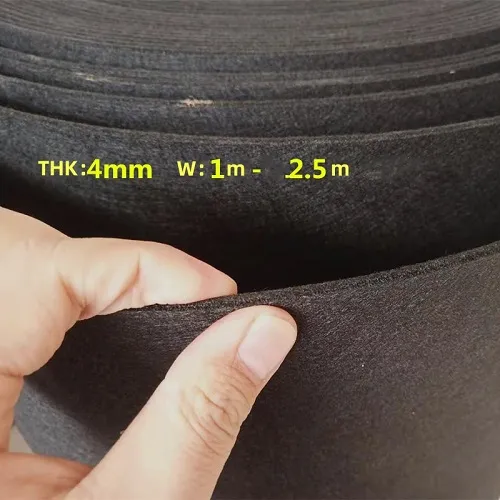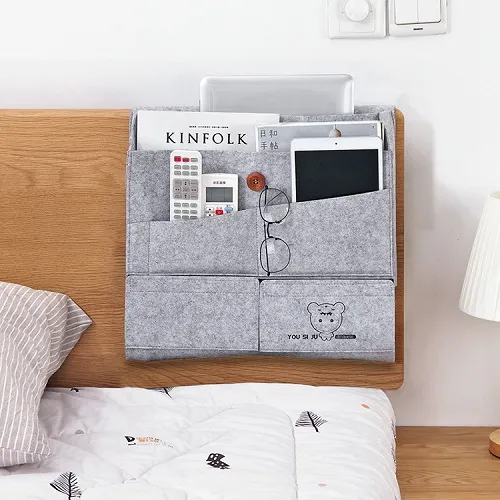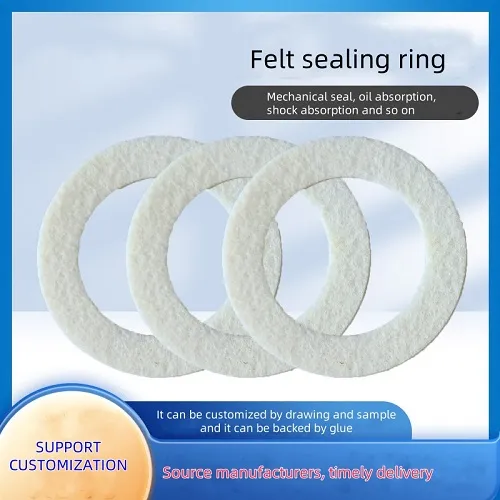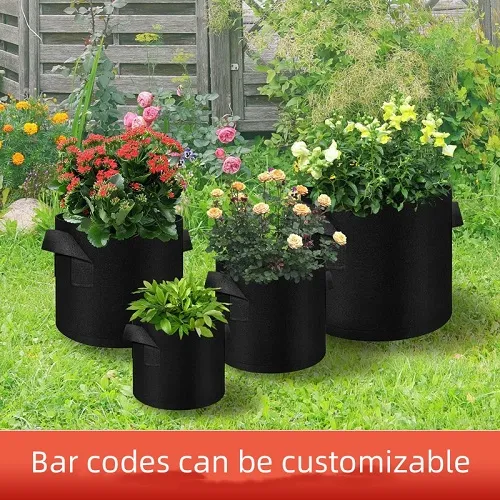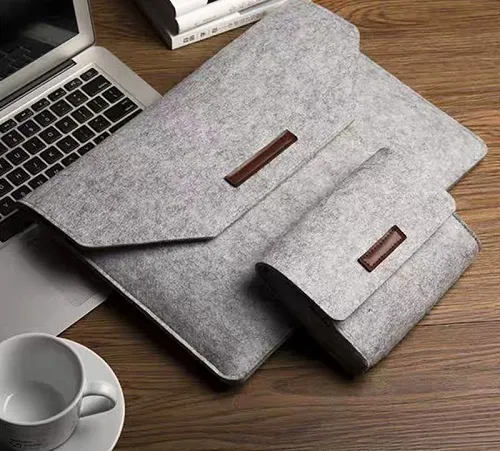Exploring a Vibrant Palette of Wool Felt Shades for Creative Projects and Crafts
Exploring the Vibrant World of Wool Felt Colors
Wool felt is a remarkable material that has gained popularity in crafting, fashion, and home decor. Its unique texture, durability, and warmth make it a favored choice for artists and DIY enthusiasts alike. One of the most captivating aspects of wool felt is the vast array of colors available, allowing for endless creative possibilities. In this article, we'll delve into the world of wool felt colors, exploring their characteristics, applications, and the artistic opportunities they present.
The Palette of Wool Felt
The beauty of wool felt lies in its rich and varied color spectrum. From bold, saturated hues to soft pastels, the range is extensive. Common colors include bright reds, deep blues, forest greens, and vibrant yellows, alongside more muted shades like taupe, cream, and charcoal. Many manufacturers offer mixed packs that provide a spectrum of colors, from warm earthy tones to cool, calming shades. This allows crafters to easily experiment with different color combinations.
Color in Crafting
In the crafting world, colors can evoke emotions and set the tone of a project. Bright, lively colors can create a sense of joy and energy, making them ideal for children’s toys or vibrant home accents. Conversely, muted tones tend to impart a cozy, rustic feel, perfect for autumnal decor or minimalist designs.
Wool felt is often used in making soft sculptures, ornaments, and textiles. When designers select colors, they consider not only the aesthetic appeal but also the thematic elements of their work. For instance, a winter-themed project may incorporate icy blues, whites, and grays, while a spring design might utilize pastel pinks, yellows, and greens.
Techniques for Dying Wool Felt
wool felt colors

Wool felt manufacturers often use different dyeing techniques to achieve their vibrant colors. Natural dyes, derived from plants, minerals, and insects, produce rich, diverse hues that are often more muted than synthetic dyes. These natural colors can be particularly appealing to those interested in sustainable crafting practices. On the other hand, synthetic dyes allow for a wider range of colors and more vibrant results in wool felt production.
Crafters can also experiment with dyeing their wool felt to achieve custom colors. This hands-on approach not only fosters creativity but allows for a personal touch in their work.
Color Combinations and Design Principles
When working with wool felt, understanding color theory can enhance the design process. The color wheel provides a foundation for exploring complementary colors, analog colors, and contrasts. Complementary colors, such as blue and orange, create dynamic and eye-catching combinations. In contrast, analogous colors, which are next to each other on the color wheel—like blue, teal, and green—provide a harmonious and cohesive look.
Additionally, incorporating texture and pattern into wool felt designs can add depth. Quirky prints or embossed designs on felt can make vibrant colors pop even more, leading to stunning visual effects in finished products.
Conclusion
The exploration of wool felt colors is an exciting journey for crafters and designers alike. The versatility, combined with the vast color options, empowers artists to bring their visions to life. Whether creating whimsical toys, decorative cushions, or intricate artworks, the right color choices play a vital role in conveying mood and emotion. As the crafting community continues to grow, the vibrant world of wool felt will undoubtedly remain a staple, inspiring creativity through its endless palette. So, grab your wool felt and let the coloring commence!
-
What Makes Felt a Great Choice?NewsNov.19,2024
-
Total Mixed Ration (TMR) Feed for CattleNewsNov.19,2024
-
The Ultimate Guide for Felt Polishing WheelsNewsNov.19,2024
-
Industrial Felt for Various ApplicationsNewsNov.19,2024
-
Felt Makeup Bags and Inserts BagsNewsNov.19,2024
-
Choosing the Right Hotel TowelsNewsNov.19,2024
-
Your Go-To Guide For Affordable Wholesale Wool FeltsNewsOct.31,2024



